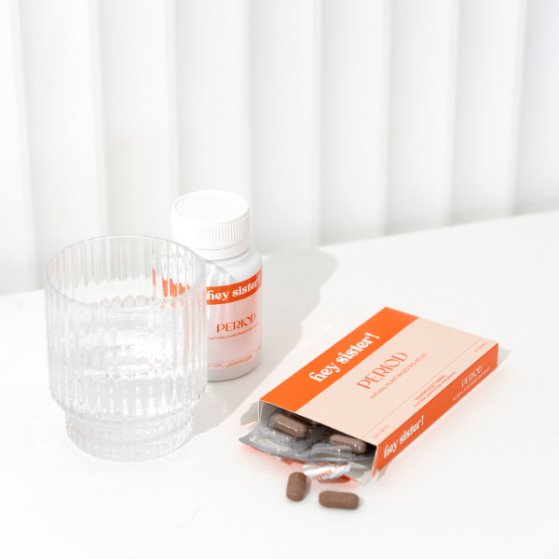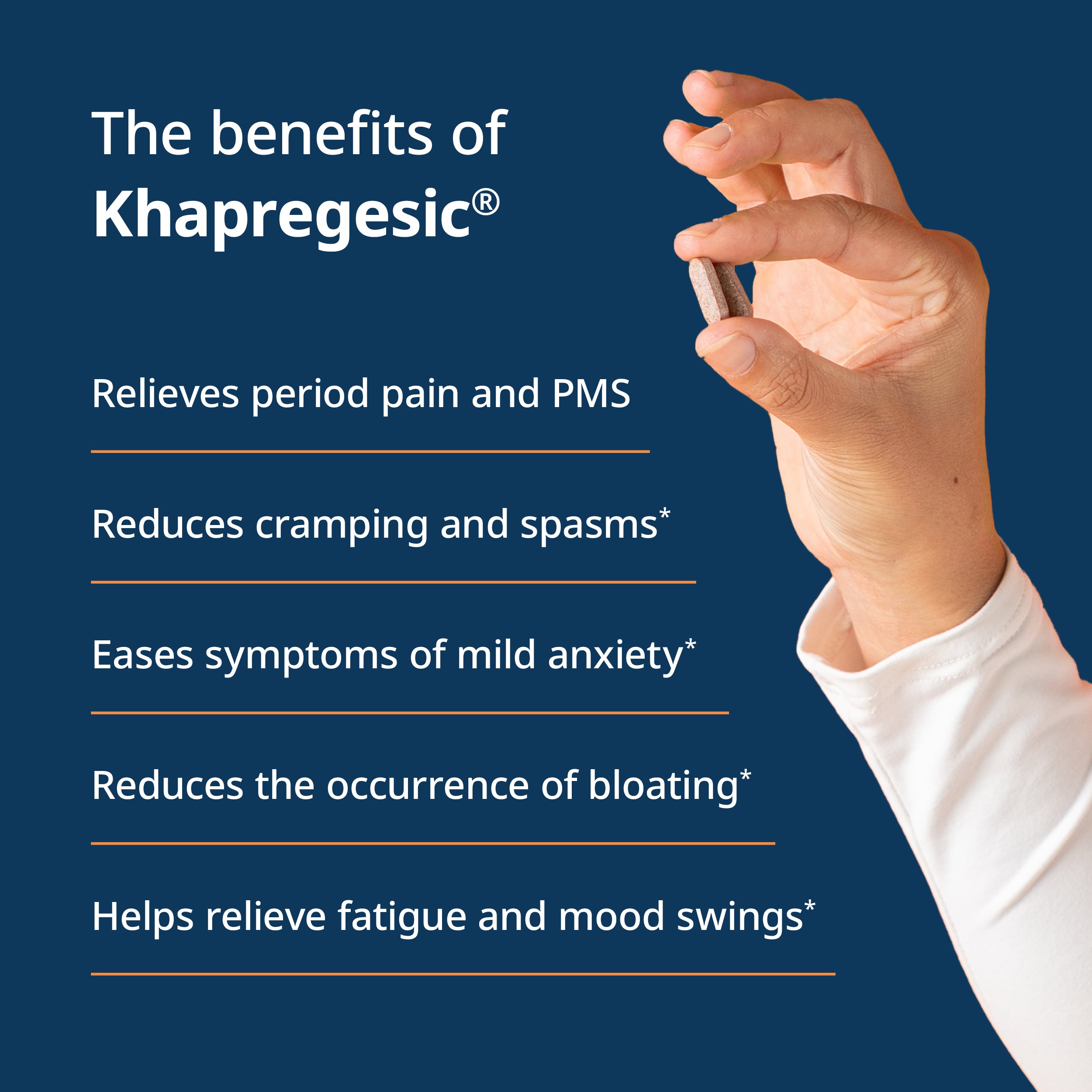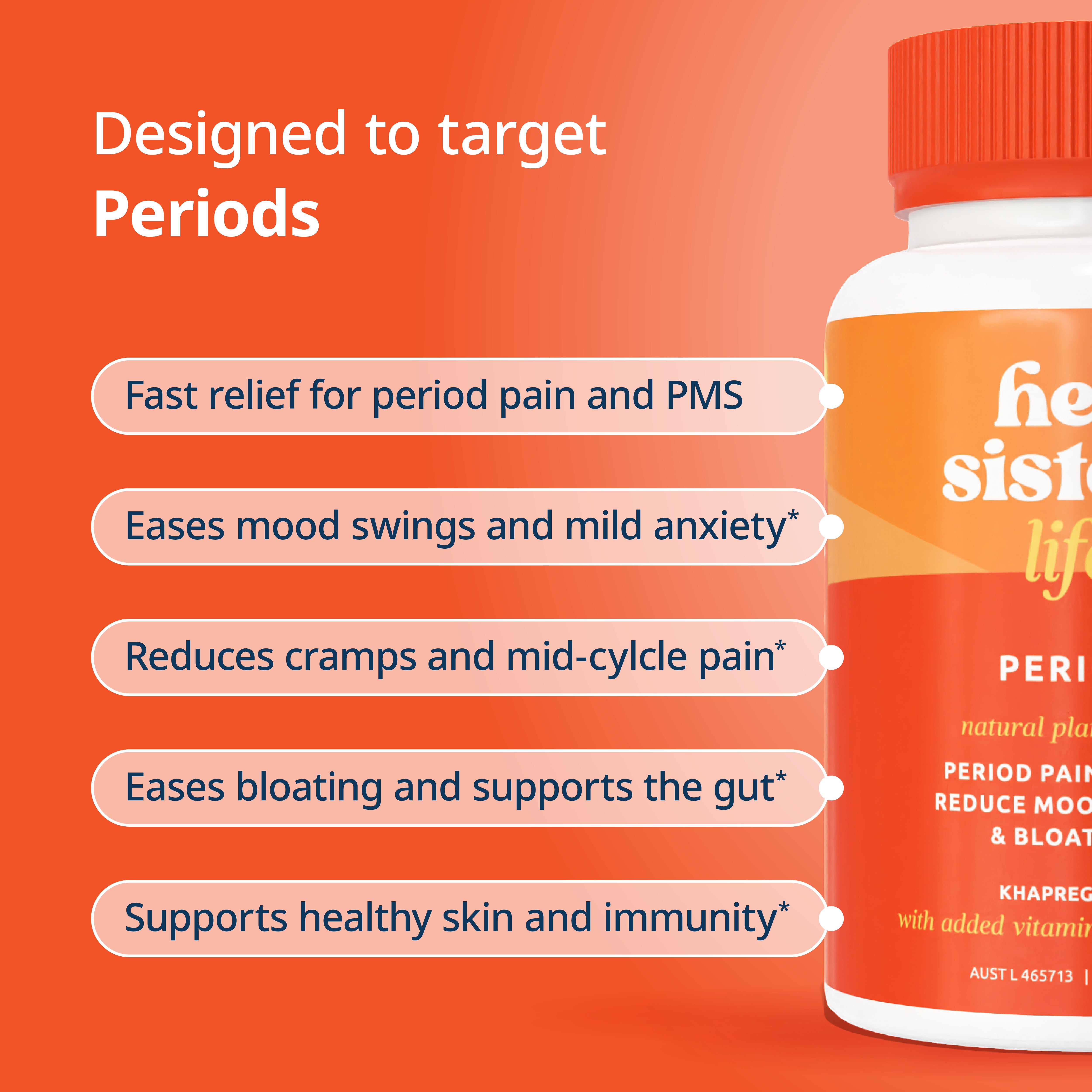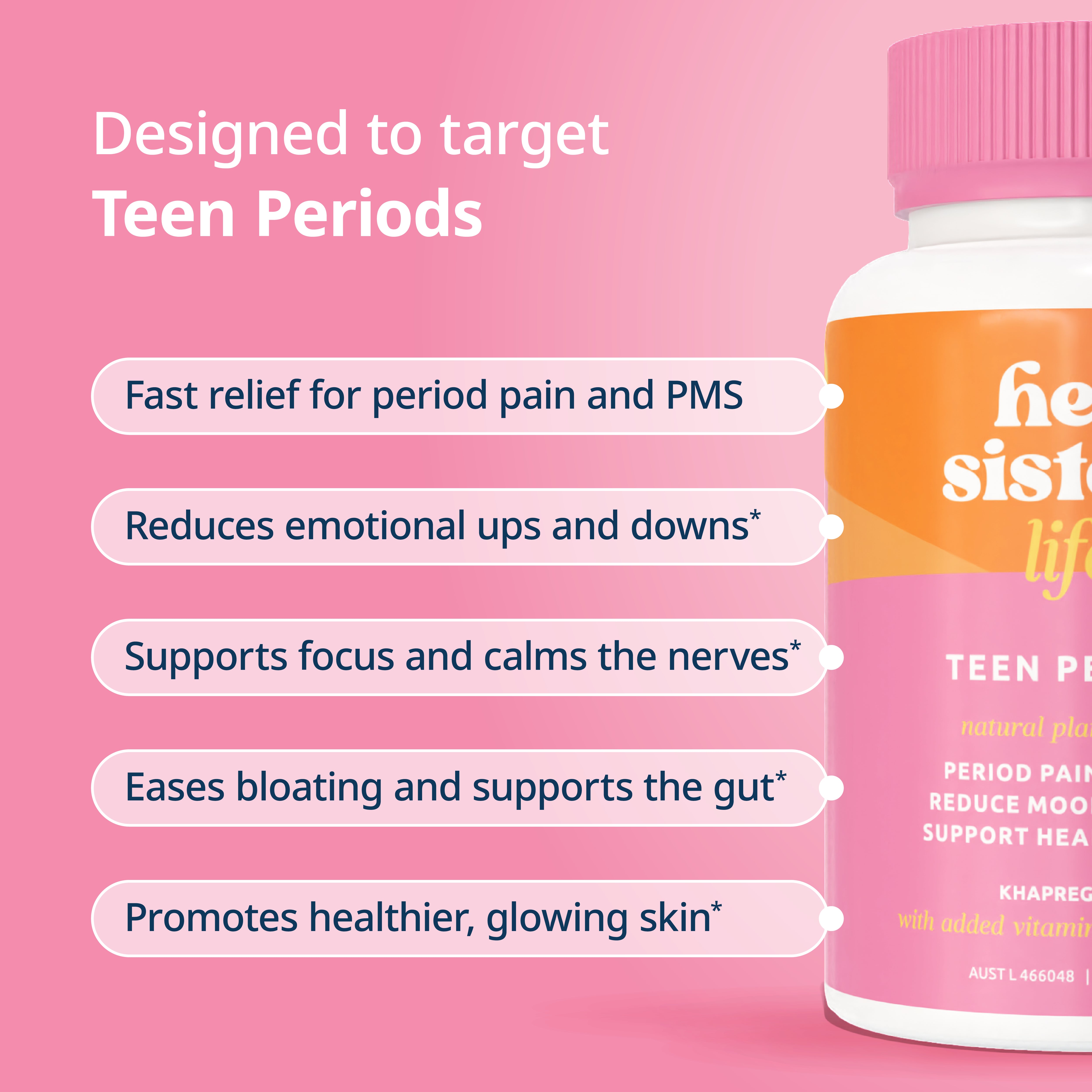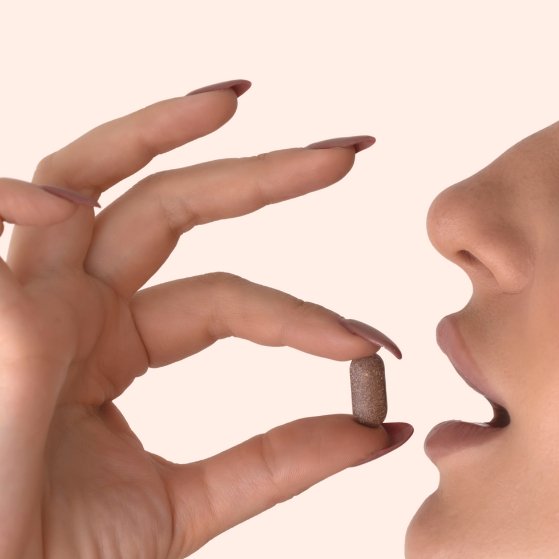If you’ve ever wondered why some days you feel like smashing out a HIIT class and others you’d rather binge-watch a series under a doona with chocolate, you’re not broken. You’re just cyclical.
Cycle syncing is all about learning your body’s natural rhythms – and then leaning into them. Instead of forcing yourself to live the same way every day, it’s about syncing your food, workouts, and lifestyle with the four distinct phases of your menstrual cycle: menstrual, follicular, ovulatory, and luteal.
It’s a concept popularised by U.S. nutritionist Alisa Vitti but increasingly embraced here in Australia by fitness coaches, dietitians, and women who want to work with their bodies, not against them¹.
So, what does it actually look like? And does the science back it up? Let’s break it down.
Why cycle syncing matters
Your hormones aren’t static. Throughout your cycle, oestrogen, progesterone, and testosterone rise and fall – impacting energy, mood, appetite, metabolism, and even injury risk¹.
That explains why some days you feel unstoppable, while others you struggle to leave bed. For many women, understanding these shifts makes life easier: you can plan high-energy tasks for your “spring” and “summer” phases (follicular and ovulatory) and give yourself grace during the “autumn” and “winter” phases (luteal and menstrual)².
A 2023 national survey found 71% of Australian women want to know more about cycle syncing, but only 9% felt confident they understood it³. Clearly, there’s a hunger for education – and we’re here for it.
The four phases and how to live with them
Menstrual Phase (Days 1–5): Rest and Reset
What’s happening: Oestrogen and progesterone are at their lowest. Your body is literally shedding the uterine lining – no wonder energy takes a hit.
How you might feel: Fatigued, crampy, a bit inward-focused.
Best foods: Iron-rich options (leafy greens, beans, lean red meat) plus vitamin C (kiwi, citrus) for absorption.
Move your body: Gentle movement – yoga, walking, or rest. This is your “winter”: go slow and nurture yourself.
Follicular Phase (Days 6–14): Time to Thrive
What’s happening: Oestrogen is on the rise, giving you a boost in mood and motivation.
How you might feel: Energetic, upbeat, ready for new challenges.
Best foods: Complex carbs (quinoa, sweet potatoes), lean proteins (chicken, fish), and healthy fats (avocados, olive oil).
Move your body: Cardio, strength training, or trying that new class you’ve been eyeing. This is your “spring”: fresh energy and new ideas.
Ovulatory Phase (Around Day 14): Peak Power
What’s happening: Oestrogen and testosterone peak – your fertility (and energy) is at its highest.
How you might feel: Social, strong, maybe even invincible.
Best foods: Omega-3s (salmon, chia seeds, walnuts) and antioxidants (berries, dark chocolate).
Move your body: Go for high-intensity workouts: HIIT, running, bootcamps, heavy lifts. It’s your “summer” – make the most of your strength and stamina.
Luteal Phase (Days 15–28): Wind It Down
What’s happening: Progesterone climbs, then dips – often bringing PMS along for the ride.
How you might feel: Lower energy, more introspective, possibly bloated or moody.
Best foods: Fibre (veggies, wholegrains), magnesium-rich foods (nuts, seeds), and healthy fats.
Move your body: Shift to Pilates, yoga, or long walks. This is your “autumn”: focus on balance and recovery.
The science: hype or helpful?
Australian experts agree that cycle syncing has potential, but the research is still emerging. Studies show:
-
Metabolism: A 2024 study at Australian Catholic University found resting metabolic rate stayed consistent across all phases – challenging claims that you need drastically different calorie levels each week⁴.
-
Muscle building: Strength training? A study found no major differences in muscle protein synthesis between phases, so you can build muscle any time⁴.
-
Symptom management: Anecdotally, many Australian women use cycle syncing to manage PMS, endometriosis, and PCOS, alongside medical care⁵.
The takeaway? Cycle syncing isn’t magic – but it can be a powerful tool for self-awareness.
How to get started
-
Track your cycle: Use an app (like Clue or Flo) or a journal to note symptoms, mood, and energy levels.
-
Start small: Pick one focus area – like adjusting workouts or food choices – instead of overhauling everything.
-
Think “seasons”: Treat each phase like a season, giving yourself permission to rest or push based on your body’s cues.
-
Consult the pros: A dietitian, physio, or exercise physiologist can tailor your approach – especially if you’re dealing with PMS or irregular cycles.
Hey Sister! support for your cycle
Whether you’re a teen just starting your period journey or juggling work, training, and cycle symptoms in adulthood, your body deserves support.
Hey Sister! Period: Formulated with Khapregesic® (clinically proven to relieve period pain and PMS), magnesium for cramps and stress, vitamin B6 for mood balance, and zinc for skin and immune health.
Hey Sister! Teen: A gentle blend with Khapregesic® for period comfort, magnesium for relaxation, and vitamin C to support glowing skin and immunity.
Simple, plant-based support to help you feel more like yourself – whatever phase you’re in.
Bottom line: Your body, your rhythm
Cycle syncing isn’t about rigid rules – it’s about working with your body, not against it. Whether you fully dive in or just make small tweaks, the goal is the same: more energy, less stress, and a little more self-compassion each month.
References
-
Jean Hailes for Women’s Health. (2024). Periods and exercise. Retrieved from https://www.jeanhailes.org.au
-
Medibank. (2024). The menstrual cycle and exercise: Understanding the connection. Retrieved from https://www.medibank.com.au/livebetter/newsroom/post/new-national-research-reveals-lack-of-knowledge-on-menstrual-cycle-and-the
-
Moxie. (2023). Survey on Australian women’s awareness of cycle syncing. Retrieved from https://moxie.com.au/blogs/the-regular/cycle-syncing
-
Australian Catholic University. (2024). Hormonal fluctuations and exercise performance across the menstrual cycle. https://pubmed.ncbi.nlm.nih.gov/38877892/
-
Parliament of Australia. (2023). Inquiry into women’s health and wellbeing. Retrieved from https://www.aph.gov.au/Parliamentary_Business/Committees/Senate/Community_Affairs/Menopause


